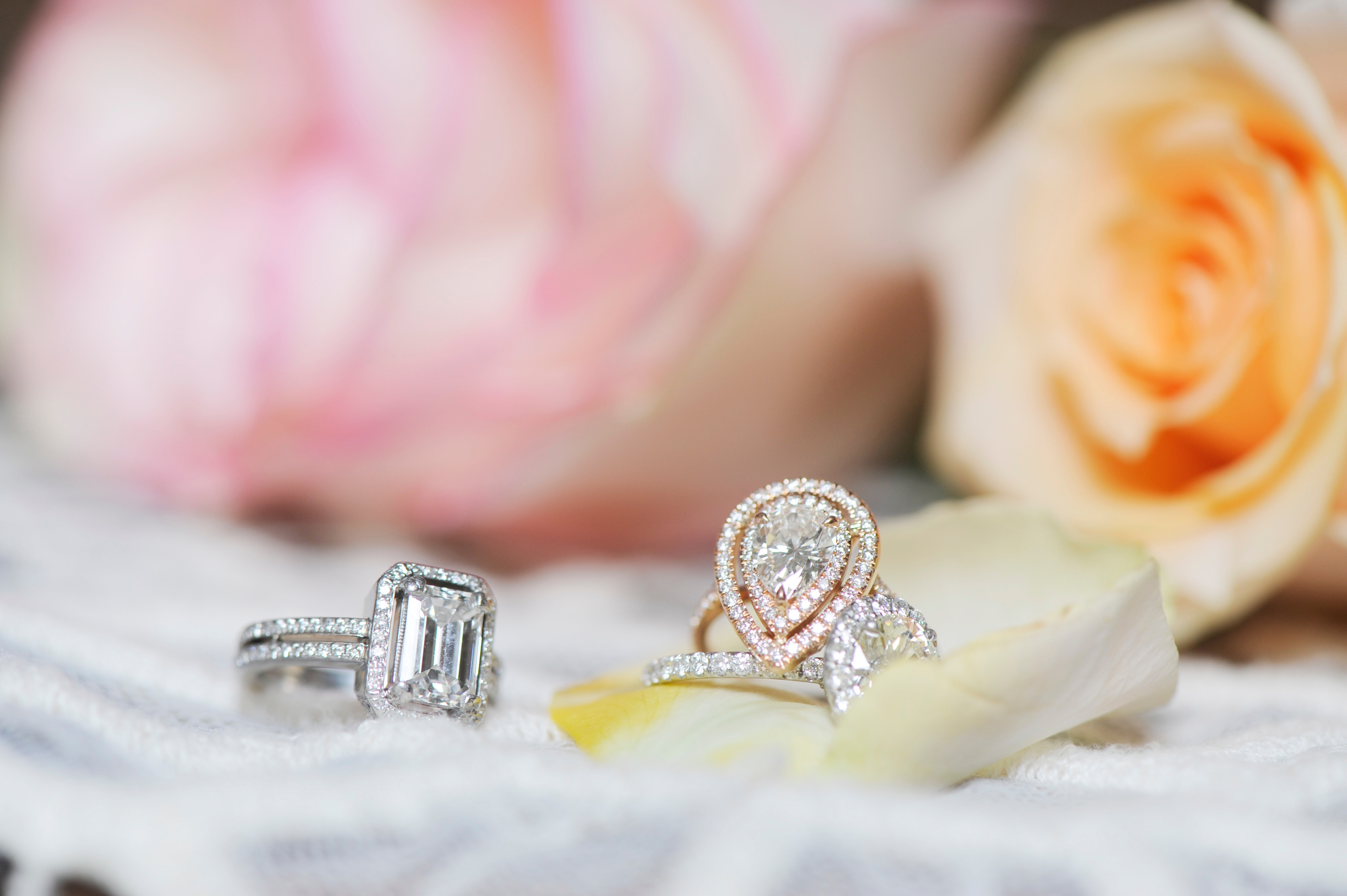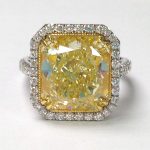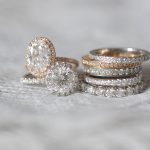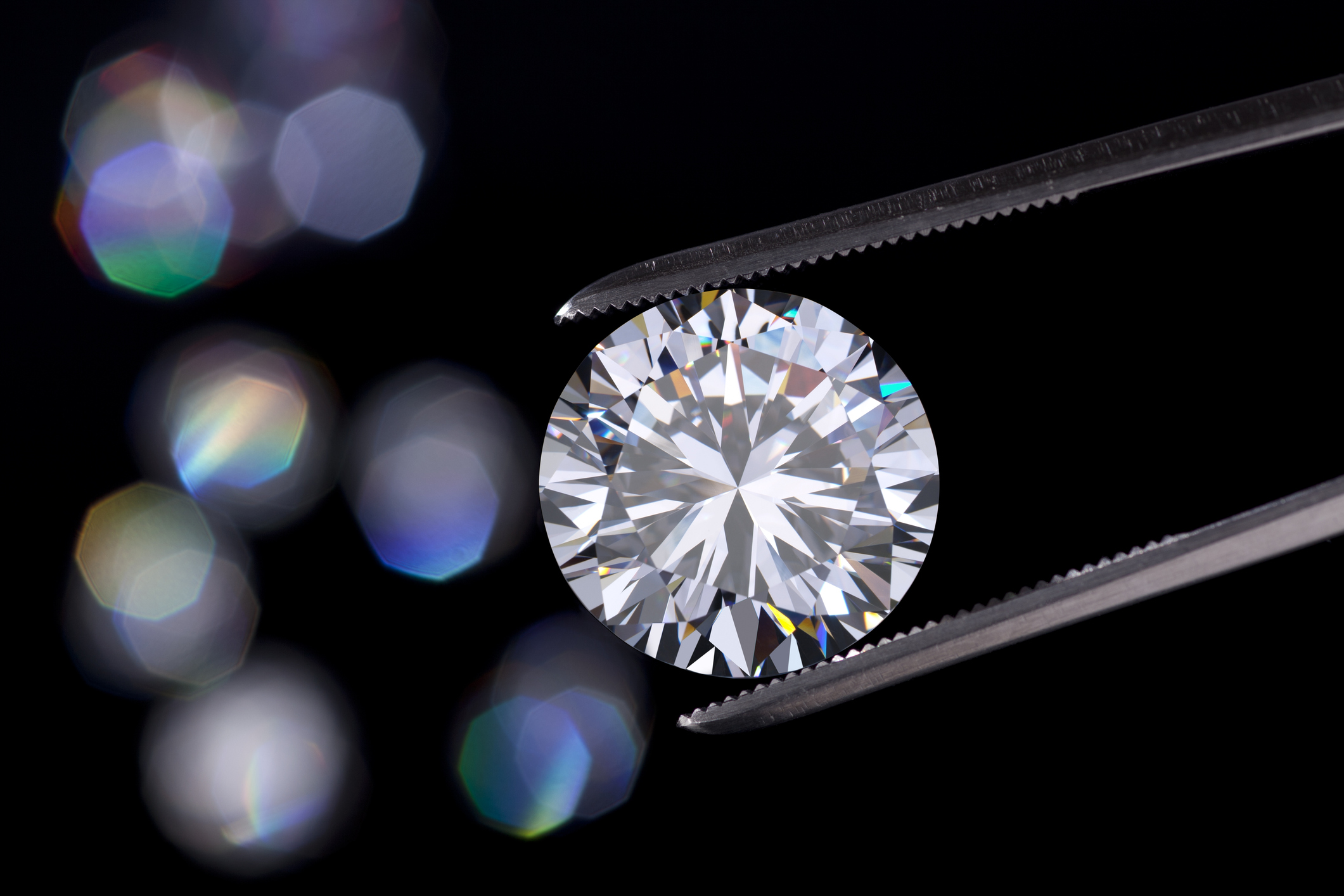
Diamond Shapes: Finding the Perfect Cut for Your Jewelry
When it comes to diamond shapes, the classic “round cut” diamond often comes to mind—but there are many more options to choose from! While shape isn’t part of the 4Cs of diamond categorization, it still plays an important role in the appearance of your diamond. To choose the perfect gemstone for a piece of jewelry, you’ll need a shape that fits your personal style and enhances the diamond itself.
Round Cut
Though this classic diamond shape has been around since the 1700s, the round cut is still extremely popular today: in the US, over 50% of all diamonds sold are round diamonds. With 58 facets including the cutlet, the round cut offers maximum light reflection, optimizing a diamond’s brilliance and showcasing its inner fire. This shape’s beauty (as well as the high market demand) can mean that round cuts start at a higher price point than other diamond shapes.
Cushion Cut
Also known as a “pillow cut,” cushion cut diamonds date back to the mid-1700s and were very common up until the early 20th century. These diamonds come in a unique “cushion” shape: a square or rectangular cut with lightly rounded corners. The intricacy of this cut allows for very precise bending and dispersal of light through the gem, and the larger facets help enhance the diamond’s brilliance and fire.
Oval Cut
As one of the oldest diamonds in gemstone history (with a first mention in the early 1300s!), oval cut diamonds possess a classic appearance and incredible brilliance. With curved edges and a slender, elongated appearance, the oval cut can help make diamonds look bigger and can even accentuate long and slim fingers. Oval cut diamonds can be set on their narrow or wide side, and their lack of pointed edges makes them very durable.
Pear Cut
First mentioned back in the 1400s, pear cuts possess rounded shoulders and wings in a “teardrop” or “pear” shape—long and slim on one end and curved on the other. A well-crafted pear cut can greatly enhance the brilliance of a diamond and hide inclusions well, but it must have excellent symmetry to ensure that the point lines up with the height of the curved side. According to tradition, the pointed end should always be directed toward the heart of the wearer.
Princess or Square Cut
Created in the 1980s, this unique cut is particularly fashionable for engagement rings. With sophisticated square or rectangular shapes, princess or square cuts can be used to create the appearance of a larger diamond. It’s important to note that this shape is prone to chipping if not set with prongs to protect the four corners; however, any inclusions can often be hidden by these prongs. If your diamond is colored, the hue will appear mainly in the center of the gem, but it can sometimes be visible in the corners as well.
Emerald Cut
Originally designed to enhance the qualities of emeralds, the emerald cut can be transferred to diamonds with stunning effect. With a rectangular appearance and a large, open table to showcase the clarity of the diamond, this shape can create a “hall of mirrors” illusion that gives off a beautiful shine. However, the chosen stone must be of very high quality, as all imperfections will be on display.
Asscher Cut
This cut is more recent than others, as it was developed in 1902 and popularized through use in Art Deco jewelry. It can be confused with the emerald cut, as the shape is similar—a pavilion cut with facets—but the shape of the asscher cut is square. This tends to give diamonds a bit more sparkle, especially with the light reflection due to the high crown and 58 facets. Today, this cut is still popular, thanks to crafting modifications that imbue more brilliance in the diamond than earlier designs.
The overall form of a diamond is a crucial consideration when it comes to selecting the perfect piece of jewelry. Keep in mind the shape—and the cut—to find a gem that gives off a unique brilliance while matching your taste and style.
Sorry, the comment form is closed at this time.










